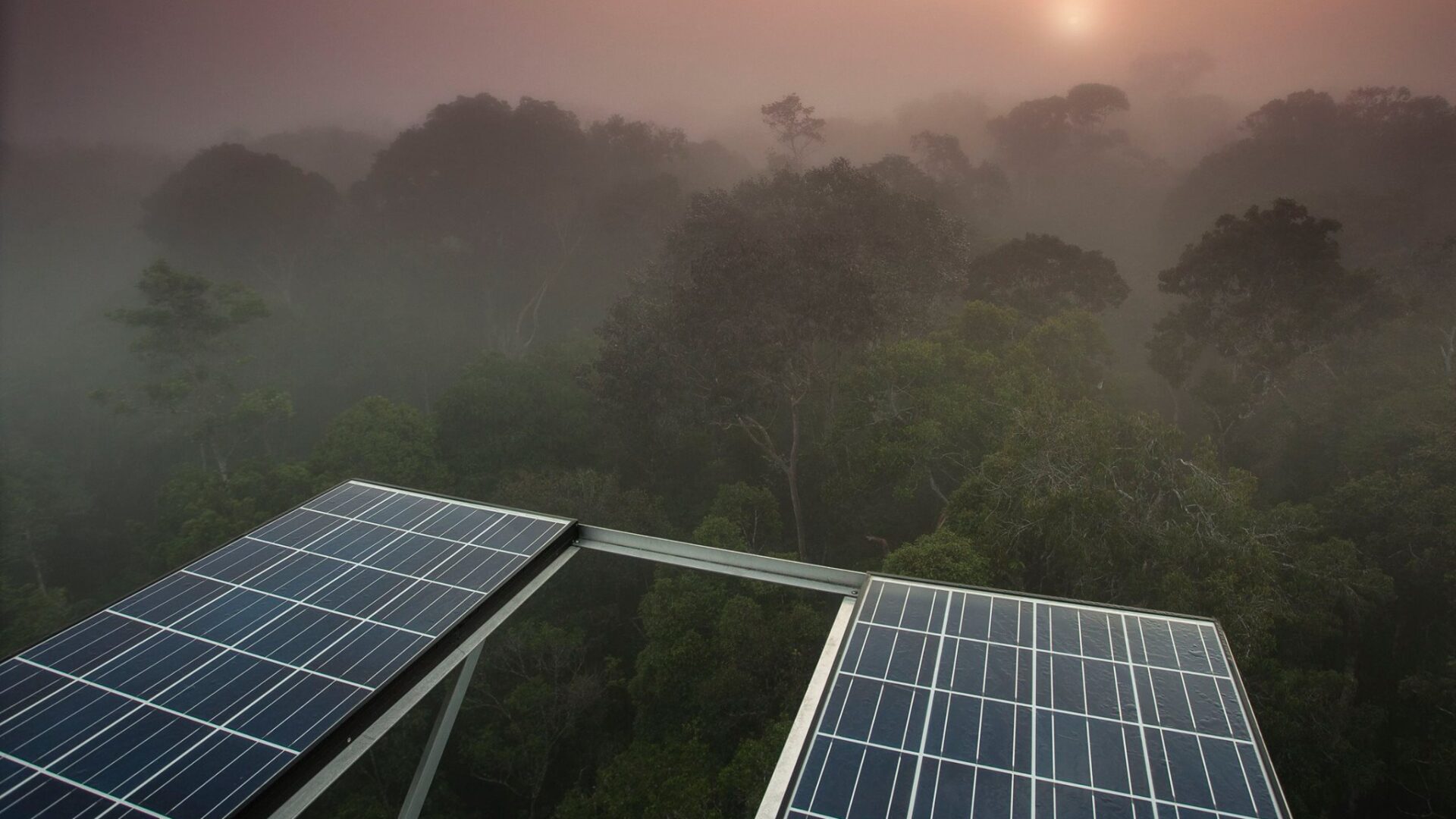About me…
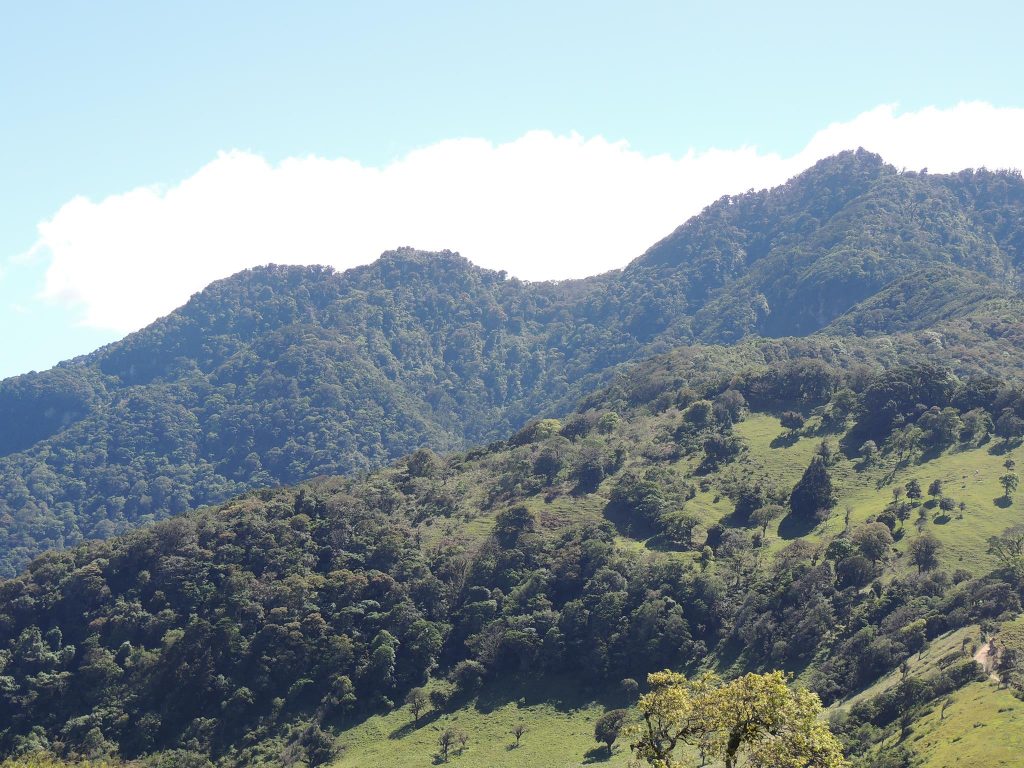
I was born in Aserrí, a small town surrounded by coffee plantations and oak forests on the Southern mountains of the Central Valley in Costa Rica. Since I was a kid, I enjoyed nature and used to spend many hours in the woods. In Costa Rica, I studied Forestry Engineering. Here I had the privilege to take Dendrology (a class about tree identification, in Costa Rica there are more than 1200 species of trees) with Dr Quírico Jimenez who ignited my interest for plant taxonomy.
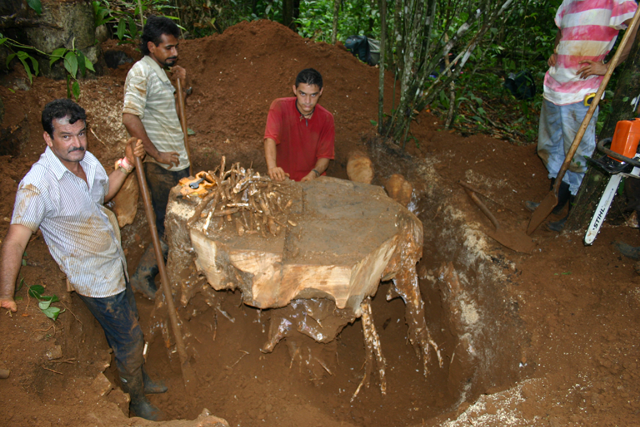
I continue with my academic career in Iowa State University under the supervision of Dr James Raich. My role in the ECOS project changed my perspective about plants. Here, I started digging roots as part of a project focused on understanding the impact that different tropical species exert on ecosystem carbon cycling. Even when the project was interested in overall species impacts on C cycling, digging out roots gave me the idea of studying the morphology and the evolutionary history behind that morphological diversity. I came with those questions to work with Dr. Chris Blackwood (Blackwood Lab). Here, using a combination of work on natural forests and botanical collections we explored the role of root morphology on multiple ecological processes such as biomass productivity, species coexistence and the distribution of root traits across plant lineages.
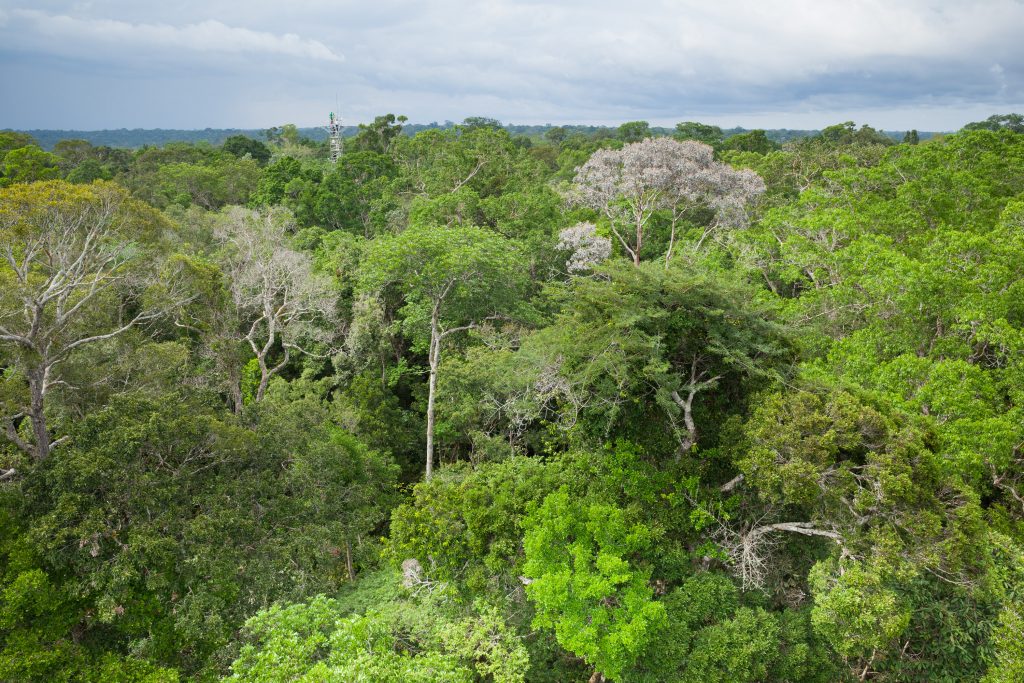
More recently, I worked with Dr. Alberto Quesada in Manaus, Brazil exploring the belowground responses of mature tropical forest to climatic change in the Project Amazon Face. The central feature of the program is a field experiment of unprecedented scope that will expose an old-growth Amazon forest to the CO2 concentration of the future in a research station near Manaus, Brazil using Free-Air CO2 Enrichment (FACE) technology. My role in the project was to define a baseline for root productivity and biomass stock, which will be monitored in the future and compared to changes in air CO2 levels. My last job post has been as pots-doctorate and then assistant professor in Florida International University, working with Dr Christopher Baraloto and continuing exploring the diversity of root systems as an integrated effort to understand plant diversity in tropical forests across different habitats in the Amazon forests and wetlands in the Everglades.
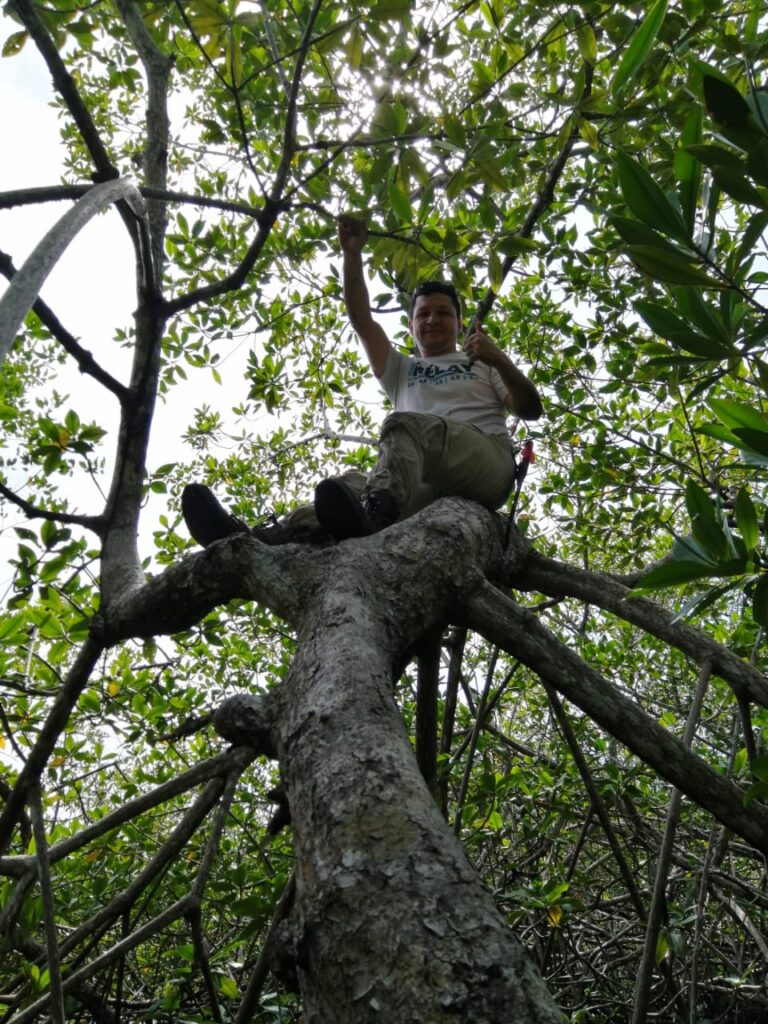
TREE Students
Amanda Longhi Cordeiro
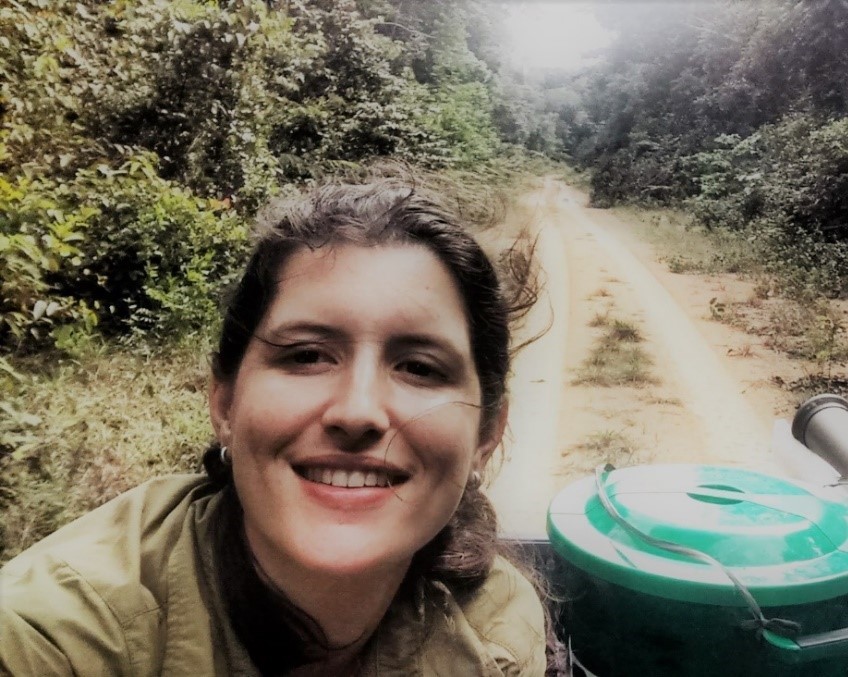
I am Amanda Longhi Cordeiro and I am interested in tropical soil carbon cycling and root dynamics in response to climate change. For my PhD research I am currently working on a drying experiment in Panama (Smithsonian Tropical Research Institute), directing the root dynamics component of the research. We work in drying structures across a rainfall and soil fertility gradient, allowing me to investigate tropical root responses to drying across environmental conditions typical of a broader geographic range across the tropics. My dissertation research aims provide novel high spatial and temporal resolution estimates for fine-root dynamics using three complementary methods, including sequential coring, root ingrowth cores, and minirhizotron imaging of root growth to 1.2 meter depths. I am also working in a labeling chamber greenhouse experiment to understand the effect of drought, fertility and mycorrhizal in tropical plants growth and in a side project in Panama measuring root nutrient uptake and root morphology for different species and soil chemistry associated with those roots.
Nathielly Martins

I am Nathielly P. Martins and I am PhD student in the AmazonFACE program (National Institute of Amazonian Research) at Manaus, Brazil. The focus of my research is on tropical nutrient cycling and how the mechanism responsible for mediating this process (roots, microorganisms, enzymes) respond to climatic changes. I work in open top chambers (OTC’s) installed in a Central Amazon forest, where we simulate the increase of CO2 atmosphere concentration by 200ppm. We evaluated inside the OTC’s how to root productivity, root morphological parameters, root phosphatase exudation, microbial and enzymes activity (soil and rhizosphere) will change under elevated CO2 atmospheric concentration. I am also interested in how the P soil availability and the interaction of fine root proliferation in the litter layer can be limiting nutrient cycling processes.
Caroline Miron
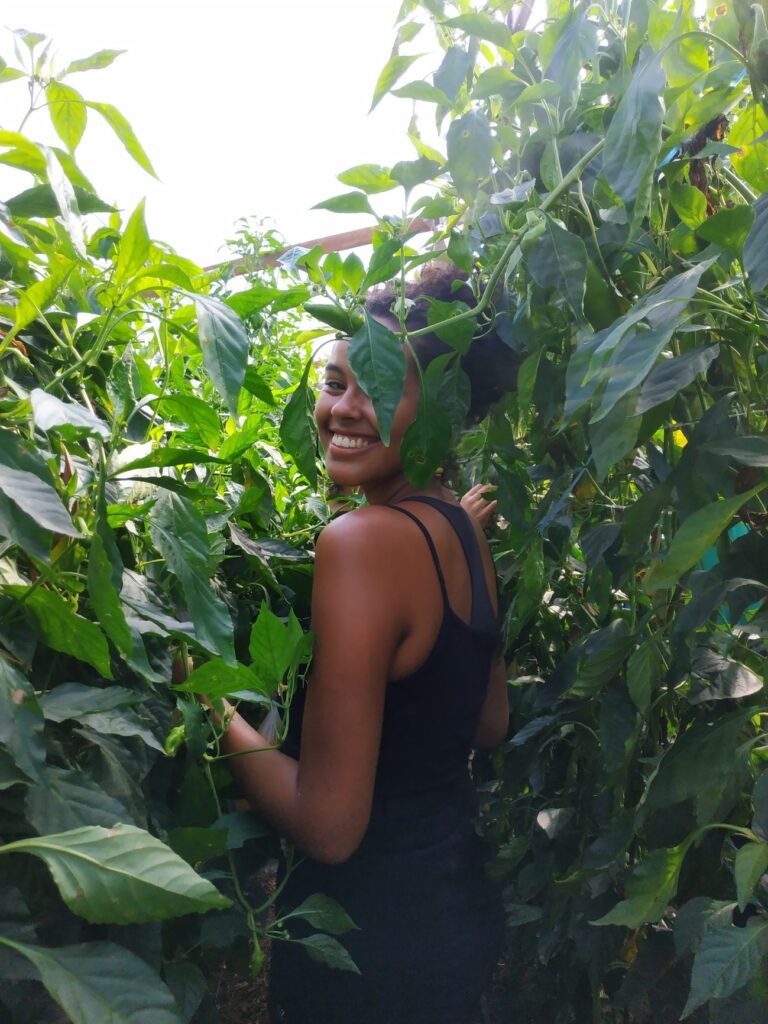
BSCI10110: Biological Diversity
I am Ana Caroline Miron P. and I am a forest engineer and graduate student interested in litter decomposition, nutrient cycling, root dynamics and climate change effects on these processes. My masters research is insert in the AmazonFACE program (National Institute of Amazonian Research), at Manaus, Brazil, that investigates the responses of the Amazon forest to rising atmospheric CO2 concentrations. The focus of my dissertation research is to explore factors that might be affecting the seasonal patterns of fine root dynamics in a Central Amazon forest. I am investigating the role of leaf litter decomposition and nutrient release of this process in the soil on the control of fine root growth and mortality and how the climatic seasonality mediates these processes. The fine root dynamics is being analyzed along the vertical soil profile using minirhizotron imaging to a depth of 1 meter.
